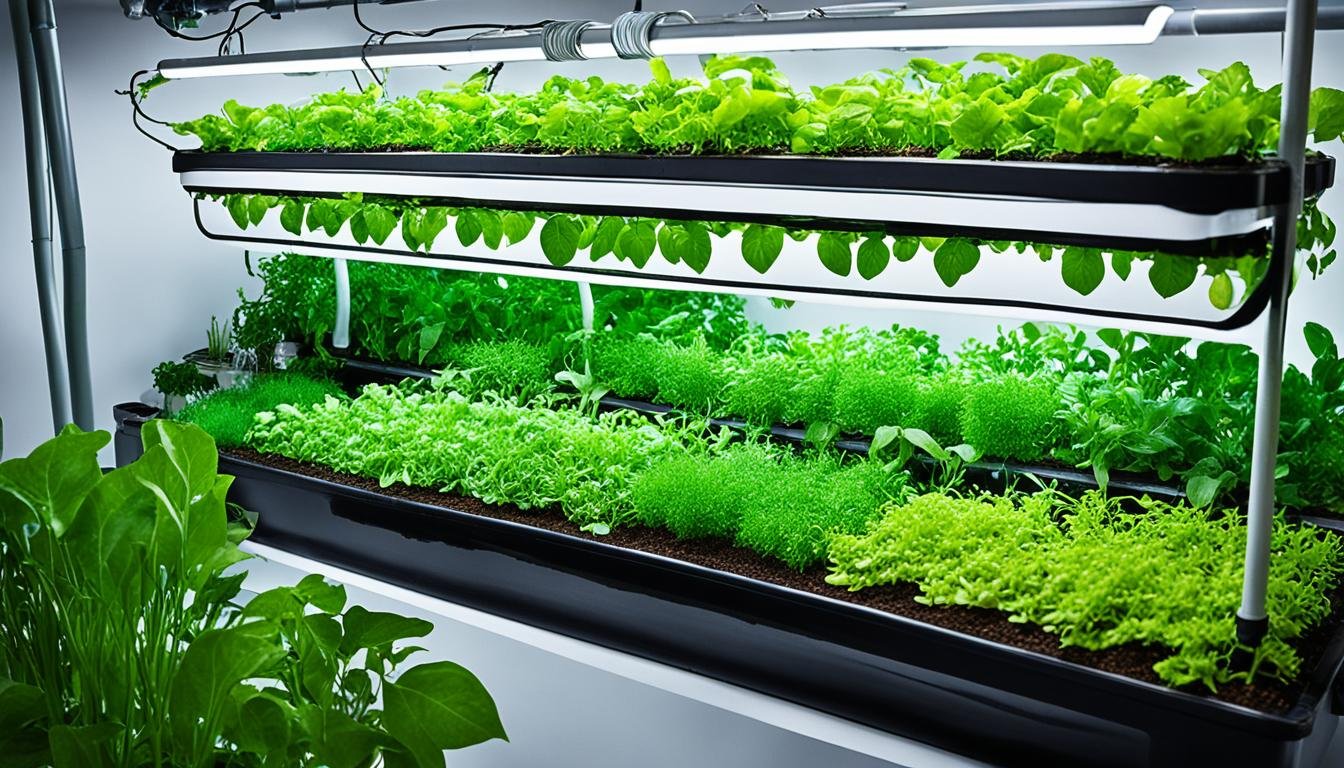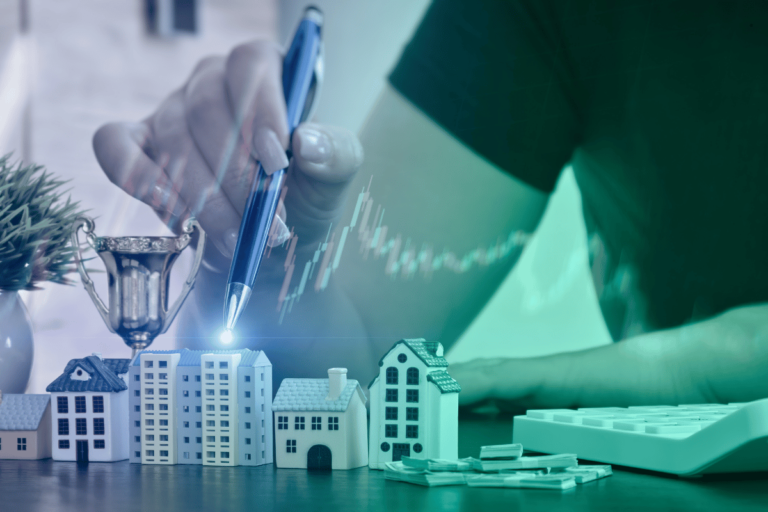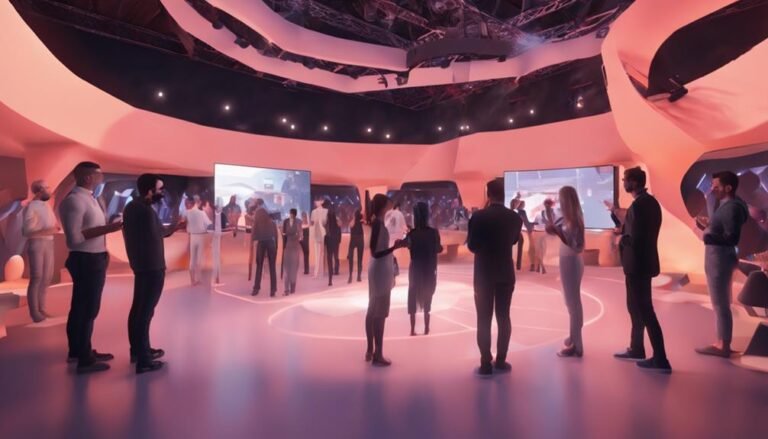Aquaponics and Hydroponics: Modern methods for growing plants without soil.
Have you ever wondered how food can be grown where traditional farming fails? Aquaponics and hydroponics are modern, soilless methods. They offer a sustainable way to farm through closed-loop systems. These methods use resources wisely and reduce harm to the environment. They are the future for urban and vertical farming.
Ancient peoples like the Aztecs first used similar ideas, creating floating gardens. They knew how to work with their environment. Now, places like Superior Fresh in Wisconsin show how aquaponics helps the local area. This method combines modern farming with caring for the Earth. It also lets us grow food in places with bad soil or tough climates. And it can save water and space too.
- Aquaponics and hydroponics are integral to sustainable agriculture.
- These methods optimize water and nutrient use, ideal for urban gardening and vertical farming.
- They support year-round growing and are suitable for challenging environments.
- Initial setup costs can be high but lead to long-term savings.
- Continuous monitoring is essential to maintain system health and productivity.
Understanding Aquaponics
Aquaponics blends aquaculture with hydroponics to create a balanced farming system without soil. It’s all about the teamwork between fish and plants. The fish waste feeds the plants, and in return, the plants clean the water for the fish. This cycle is not only good for the environment but also supports life in many ways.
What is Aquaponics?
Aquaponics is a modern way of farming that doesn’t need soil. It combines fish farming with growing plants. Plants grow using nutrients from the fish waste. There’s no need for artificial fertilizers. This saves water and keeps the ecosystem in balance. The result is a system that produces food year-round.
How Aquaponics Works
In aquaponics, fish and plants help each other grow. Fish waste feeds the plants. Bacteria change ammonia from the waste into helpful nitrates for plants. This system means less water is used. It keeps nutrients in check, creating a healthy environment for both fish and plants. With good care, aquaponic systems can produce food all the time.
Components of an Aquaponics System
The core parts of an aquaponics setup are:
- Fish Tanks: These hold the fish and create nutrients for the plants.
- Grow Beds: Plants grow here, using nutrients from the fish water.
- Plumbing Pipes: These connect the fish tanks and the grow beds, moving water through the system.
- Biofilters: These are home to helpful bacteria that change fish waste into plant food.
- Secondary Components: Grow lights, water pumps, heaters, and specific media help the system work better.
Starting an aquaponic system can be complex. It requires keeping an eye on the fish and the water quality. Yet, it’s a great way to grow food in the city. It saves water and makes the most of small spaces.
The Benefits of Hydroponics
Hydroponics is a modern way to grow plants without soil, using water with added nutrients. It’s much more efficient than traditional farming. This method uses fewer resources but increases the amount of food grown.
Water Efficiency
Hydroponics is really good at saving water. In traditional farming, a lot of water just evaporates or is used poorly. But hydroponic systems can recycle water and use up to 90% less water. This is very helpful in places that don’t have a lot of water.
Space Efficiency
In terms of space efficiency, hydroponics is a real standout. It needs much less space than traditional farming to grow the same amount of food. Since farmers don’t need as much land, they can grow food in layers, looking up instead of just out. This means they can produce more food in less space, making it perfect for cities where there’s not a lot of room.
Year-Round Growing
Thanks to new technologies, hydroponics lets farmers grow food all year long. They don’t have to stop because of winter or summer. Instead, they keep the right conditions for plants like the right temperature and light. This way, they can always have fresh food to sell.
Using hydroponics helps save water and makes better use of the land. Even though starting a hydroponic farm can cost more, the benefits are worth it. It’s good for the environment and helps make sure we always have enough food.
Comparison: Aquaponics and Hydroponics: Modern Methods for Growing Plants Without Soil
Aquaponics and hydroponics are new ways to grow plants without using soil. Each has its unique benefits. They differ in where plants get their nutrients, how complex the systems are, and their environmental effects. Knowing these differences helps choose the best way to grow plants for you.
Nutrient Source
In aquaponics, plants get their nutrients from fish waste. This is a natural process, mimicking how ecosystems work. Nutrients are used from what the fish leave behind. In contrast, hydroponics use a synthetic solution made for plants because they don’t have the fish to provide nutrients. This means adding these nutrients regularly because plants use them up.
System Complexity
Aquaponics systems are more complicated than hydroponics. They include designing for both fish and plant needs. They need filters and systems to add air. It also takes a bit longer to get started. This time, called an acclimation or cycling period, can last 6 to 8 weeks. Hydroponic systems focus only on the plants, which makes them simpler. Even though they need careful management of nutrients and the water’s pH and electrical levels.
Environmental Impact
Aquaponics is more environmentally friendly in some ways. It uses water more efficiently. The waste from the fish is turned into plant food. This process is safer for the environment. On the other hand, hydroponics might lead to water pollution. If the nutrient-rich water isn’t managed right, it can harm natural water sources. Yet, it saves water and is efficient in using it. But the use of artificial nutrients raises concerns about its environmental impact over time.
Both methods offer big improvements in growing plants compared to using soil. As the world looks for ways to grow more sustainably, choosing between aquaponics and hydroponics is vital. It depends on how well they care for the environment and meet the plant’s needs.
Sustainable Agriculture with Aquaponics and Hydroponics
Aquaponics and hydroponics are leading the way in sustainable farming. They use much less water than traditional farming. This makes growing food in cities a real option. They need small spaces, which is perfect for city life. Also, they reuse fish waste for plant nutrients, doing away with harmful chemicals.
By farming this way, we use less land and water, helping everyone have more food. These farms don’t depend on the weather, so they can grow food all year. They also cut down on how far food travels, which is good for the planet. Plus, they can run on clean energy, lowering their impact even more.
This farming isn’t just good for the earth. It also helps small farmers make more money. It uses special bacteria and smart technology to work better. And, by growing different plants and fish together, it creates a balanced ecosystem. This way, it supports more life while growing good food. In short, aquaponics and hydroponics are changing farming for the better, for the earth and the economy.
Source Links
- Aquaponics Vs. Hydroponics: What’s the Difference?
- Difference Between Hydroponics, Aquaponics & Aquaculture | Eden Green
- Difference Between Hydroponics and Aquaponics
- Hydroponics, Aeroponics, and Aquaponics: Understanding the Differences and Choosing the Right Method for You
- Recirculating Farms, Hydroponics and Aquaponics
- What is Aquaponics and How Does it Work?
- Growing Food Without Soil: A Guide to Hydroponics | Lakewinds Food Co-op
- Hydroponics vs. Aquaponics – A Complete, and Honest Comparison – Trees.com
- 12 Pros & Cons of Hydroponic Farming | Earth.Org
- Aquaponics Vs. Hydroponics: Which is best?
- Hydroponics vs. Aeroponics vs. Aquaponics
- Hydroponics vs. Aquaponics
- Sustainable Agriculture Methods: Benefits of Aquaponics – ECOLIFE Conservation
- Aquaponics vs Hydroponics
- Big 5 Innovative Aquaponic Systems: Revolutionize Farming







